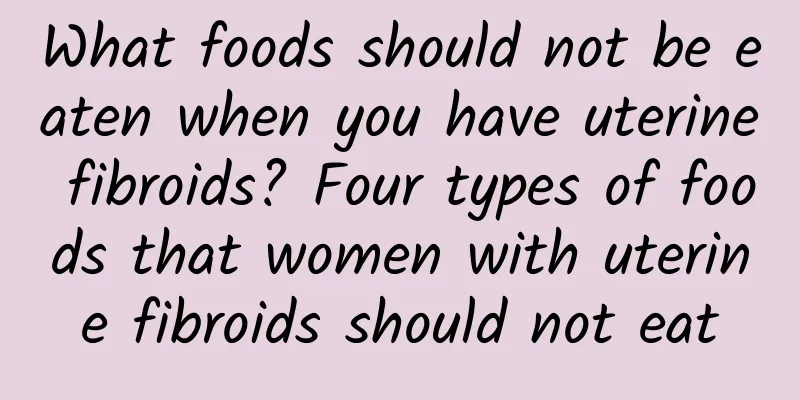When is the ovulation period after abortion? What are the symptoms of the first ovulation after abortion?

|
When is the ovulation period after abortion? Symptoms of first ovulation after abortion Abortion is a common procedure used to terminate early pregnancy. After an abortion, many women have questions about their fertility and ovulation cycle. One of the common questions is when is the ovulation period after an abortion? Ovulation after an abortion usually varies from woman to woman, but generally it occurs about two weeks after the procedure. An abortion usually causes a change in the next menstrual cycle, so for many women, the cycle may become irregular. However, once ovulation occurs, your body has the opportunity to conceive again. Generally speaking, ovulation after an abortion is similar to a normal ovulation cycle. If you were a woman with a regular 28-day cycle before, you may ovulate about two weeks after the abortion. However, if your cycles were already irregular before the abortion, your ovulation time may be different after the abortion. There are some typical symptoms of ovulation for the first time after an abortion. Here are some signs and symptoms you may experience during ovulation: 1. Increase in basal body temperature: After ovulation occurs, your basal body temperature will rise. You can measure your basal body temperature every morning, and when you notice an increase in body temperature, this may be a sign that ovulation has occurred. 2. Ovarian pain: Some women may feel mild ovarian pain during ovulation. This pain may be short-lived, generally lasting from a few minutes to a few hours. 3. Changes in body fluids: Some women may find that vaginal discharge becomes more abundant and thicker during ovulation. This is normal and is a natural response to help sperm pass more easily through the vagina into the uterus. Another way to measure and monitor ovulation is to use ovulation test strips. These test strips detect the level of luteinizing hormone in your urine, which can help you determine if you are ovulating. These test strips are usually available at drugstores or online. In general, ovulation after abortion usually occurs about two weeks after the operation. However, due to individual differences, each woman's situation may be different. Therefore, if you need to know more about your ovulation cycle, it is best to consult your doctor or gynecologist. Symptoms of first ovulation after an abortion may vary from person to person, but generally include an increase in basal body temperature, ovarian pain, and changes in vaginal discharge. If you are trying to get pregnant or preventing pregnancy, understanding your ovulation cycle is important for planning a family and birth control. After an abortion, pay close attention to changes in your body and keep in touch with your doctor to better understand your ovulation cycle. |
<<: What should I not eat after having an abortion? What should I eat after having an abortion?
>>: What causes uterine fibroids? Top 10 foods to avoid when you have uterine fibroids
Recommend
7 light pumpkin meals a week to help detoxify and lose weight!
Pumpkin is rich in various nutrients needed by th...
How much does it cost to completely cure congenital absence of vagina?
The cost of treating congenital absence of vagina...
What are the symptoms of cervicitis
The symptoms of cervicitis vary, mainly including...
How to check for cervical warts?
Can cervical warts be detected by blood tests? Bl...
Does thick endometrium require surgery?
Thick endometrium is one of the causes of female ...
What does the endometrial thickness of 0.2 mean?
An endometrial thickness of 0.2cm usually means t...
When should surgery be performed on endometrial fibroids? How big should endometrial fibroids be before surgery is needed?
Endometrial fibroids are one of the most common b...
How to stop menstrual bleeding quickly
How to stop menstrual bleeding quickly? There is ...
It is necessary to detect the symptoms of cervical erosion in time
Cervical erosion is a relatively serious disease ...
What should I do if I have my period four times a month?
What should I do if I have my period four times a...
How to treat chronic pelvic inflammatory disease
How is chronic pelvic inflammatory disease treate...
Which types of ovarian cysts can develop into cancer?
The causes of female ovarian cysts are very commo...
Minimally invasive treatments for uterine fibroids
In recent years, minimally invasive surgery has b...
The cause of adnexitis is mainly related to improper gynecological surgery
As an inflammation of the fallopian tubes and ova...
Have you noticed the causes of cervical hypertrophy?
There are many reasons for cervical hypertrophy. ...









